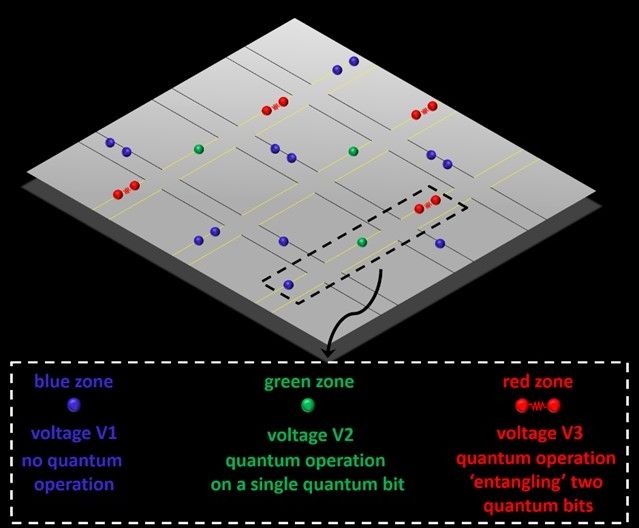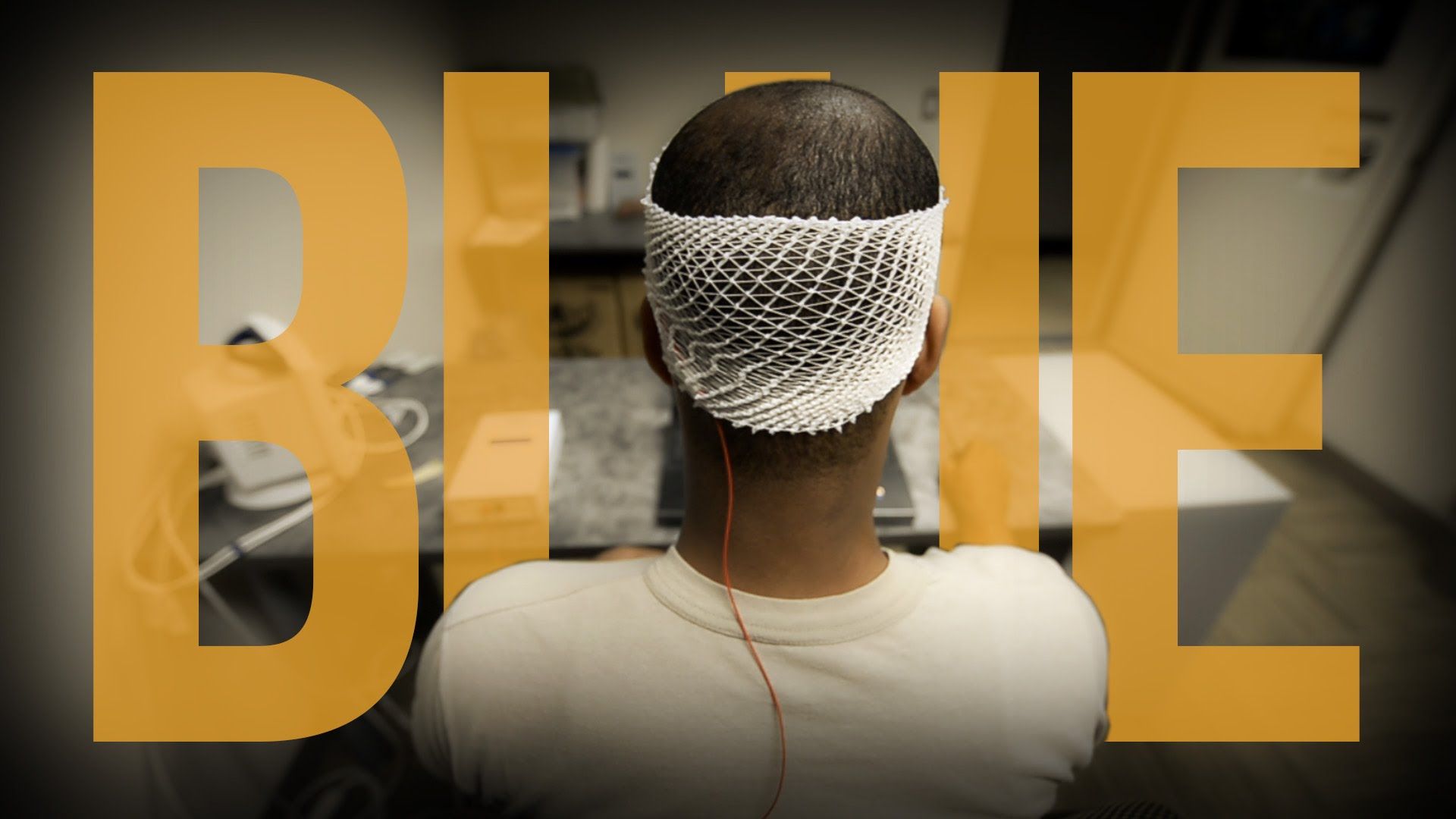Dec 6, 2016
Conroy’s quantum warning: be ready
Posted by Karen Hurst in categories: computing, economics, government, quantum physics, security
More folks warning others that you better be planning for a QC transformation as it is coming and is going to be probably the largest scale transformation the we have seen in the history of technology.
Former communications minister, Stephen Conroy has warned that Australian government technology decision makers need to start preparing for the development of quantum computing.
The former senator made the warning during a panel session at the Australian Computer Society’s Reimagination conference late last week. While still in its nascent development stages, the former minister for broadband communications and the digital economy said that it could have major national security implications.
















